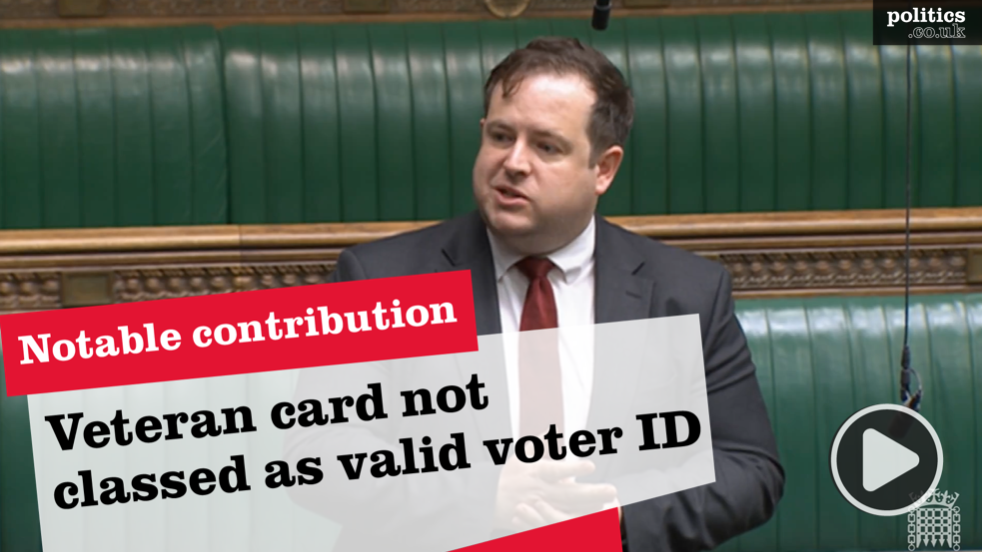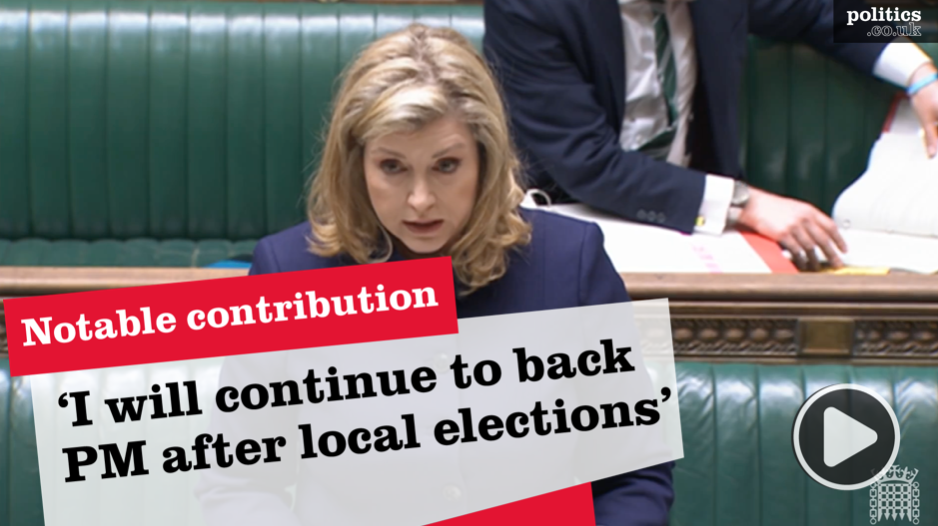Two annual gatherings and two carefully choreographed perorations later, and Rishi Sunak and Keir Starmer appear to have settled, in their headline pitch at least, on a similar electoral strategy: sell “change”.
Look no further than the headline pitches, and you might conclude that Britain is suffering an unlikely blight of banal bipartisanship. But Sunak and Starmer’s ostensible rhetorical consensus is belied by the political contortions and sly electioneering that underpin it.
At the most basic level, control over an election campaign’s core divide is the preserve of the government of the day. An opposition party is bound structurally by its responsibilities as not currently the government to major on the need for some form of “change” if it seeks to construct a compelling narrative about why a prime minister and party must be replaced.
The government, conversely, has more agency. And at the start of the year, it seemed Rishi Sunak intended to face the public in 2024 with a message of “Britain’s on the right track, don’t turn back” — the apparent antithesis of a “change” message deployed to such success by the PM’s Conservative predecessors Margaret Thatcher (1983) and David Cameron (2015). As was widely commented upon at the time, the “five pledges” were not about concentrating Whitehall’s attention, but attracting yours. The PM planned to bore Britain with a record of delivery so undeniable, so straightforward that the public would be forced to reward his party with an unprecedented fifth term.


But, of course, a “right track” campaign only works if voters agree — and/or can be persuaded that the opposition party presents some kind of risk to progress. Importantly, it also won’t work if things are still getting worse but at a slower rate (see Sunak’s pledge on inflation for example).
The shift in strategy from Sunak’s five pledges, swelled with New Year goodwill and optimism, is in essence an admission that delivery-focussed messaging will not figure well while the headline indicators — on small boats, debt and NHS waiting lists — remain so bearish.
Now, that Sunak has settled on reimagining himself as some eminent political pathfinder, sets up a fascinating battle with his Labour opponent. Indeed, recent elections have seen opponents largely talk over each other on the campaign trail: in 2015, Cameron insisted his economic plan was progressing swimmingly amid calls for a switch-up from Ed Miliband; in 2017, Theresa May sought to narrow the terms of the debate to Brexit, which Jeremy Corbyn to some success resisted; and, in 2019, Boris Johnson once more spoke of Brexit and the promised lands with lay beyond it — Corbyn could not this time skew the conversation.
But if this conference season is anything to go by, both parties will agree in 2024 about the need for a pretty radical new departure. So with the terms of the debate set, and the candidates’ pitches largely carved out, how do their arguments fair when considered together?
It is first worth focussing on Sunak’s platform — which, as the latest leading light of a 13 year political ascendency, is rather more audacious than Starmer’s.
A core assumption of the PM’s new strategy is that the electorate at large does not yet really know their prime minister — and that their view of him can, therefore, be moulded and reconfigured. Sunak is selling his “reinvention” as his most authentic self free finally bursting to the fore; but is the electorate’s understanding of the PM so ingrained that any reinvention will be rendered futile?
Second, Sunak must work to tie Labour and Keir Starmer to the “30 year consensus” he now intends to radically divert from. As he said in Manchester: “[Starmer] is the walking definition of the 30-year political status quo I am here to end”; only then can the PM assume the mantle of “real change”. Linked to this is the assumption that Sunak can in fact outbid Starmer on the politics of “vision”.
But the drawbacks of Sunak’s new “change” approach, and the thinking that informs it, are equally plain. Indeed, the voting public is not quite as undecided on their view of the prime minister as No 10 strategists would hope. A poll from YouGov, released at the end of last month, showed the prime minister’s net favourability was at -45 — almost exactly the same as the Conservative Party as a whole at -48. Sunak had a net favourability of -9 when he took office in October last year, while the Conservative Party’s favourability has remained pretty constant. Sunak’s steady decline in the eyes of the public, coming over the course of a year, suggests a view of the PM has taken hold: no longer is he viewed favourably relative to his party.
One also cannot overlook the view that an election in which candidates compete will varying visions of change will typically benefit the non-governing party. As Starmer said in his speech this week in a pointed response to Sunak’s address in Manchester: “They won’t change. They can’t change”.
It is an attack line that is bolstered by the fact that Sunak’s rhetorical tilt at change is far from underpinned by clear advances on policy. The PM’s vision for change is founded on telling “hard truths” on HS2 and net zero — supplemented by new policies on A level reform and banning smoking for the next generation. It raises another dilemma: Sunak will likely be able to pass legislation, or at least get Westminster and Whitehall moving, on these points long before a general election campaign begins — so how long can the PM maintain this image as a “change candidate” through 2024? If he is able to act on his immediate priorities over the coming months, should we expect another set-piece speech which identifies further policy areas ripe for change down the line? Does this make the prospect of an early election more likely? Or will pre-election messaging on “change” transpose into a “Britain’s on the right track” ticket down the line — as the PM cites success on the areas he has identified?
What is more, Sunak’s vision of change is not derived from some grand new philosophy of state action (Starmer thinks he has these with his “missions”). The prime minister has, seemingly, plucked some policy areas out of the air and declared his ambition to act on them — is this how government will be conducted until an election is called? And how will Conservative divisions feature in this approach? The prime minister had a relatively free run in delivering his vision for “change” during his speech last week, as media attention switched from the fringe to the main stage. But with the return of parliament, backbench factions will seek to build on the momentum that they acquired at conference.
In this way, despite a rhetorical consensus at the top of politics in favour of change, a great deal remains uncertain as British politics enters its endgame in 2024. Indeed, although he may have decided on a headline strategy — and an audacious one at that — Sunak has many more questions to answer. It means, after a tricky conference season, if all that remains to be answered for Keir Starmer is “why Labour?”, then the Labour leader probably has good reason to feel confident.
Josh Self is Editor of Politics.co.uk, follow him on Twitter here.
Politics.co.uk is the UK’s leading digital-only political website, providing comprehensive coverage of UK politics. Subscribe to our daily newsletter here.











